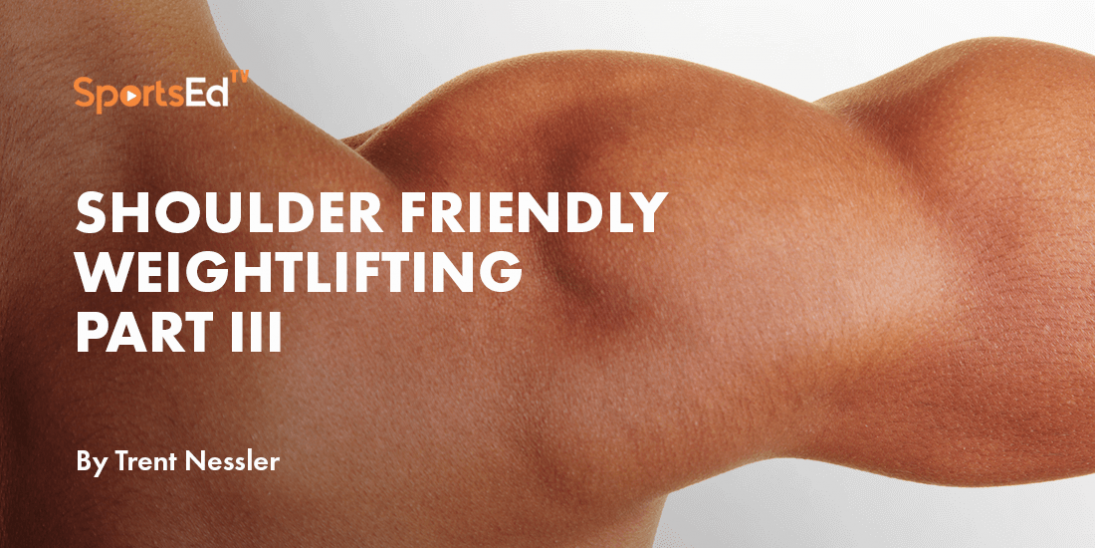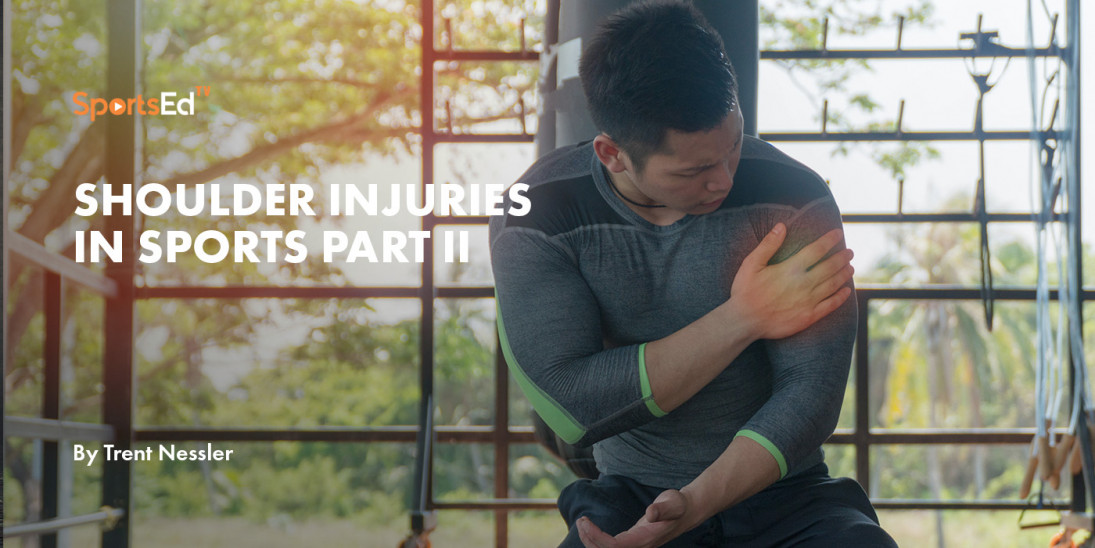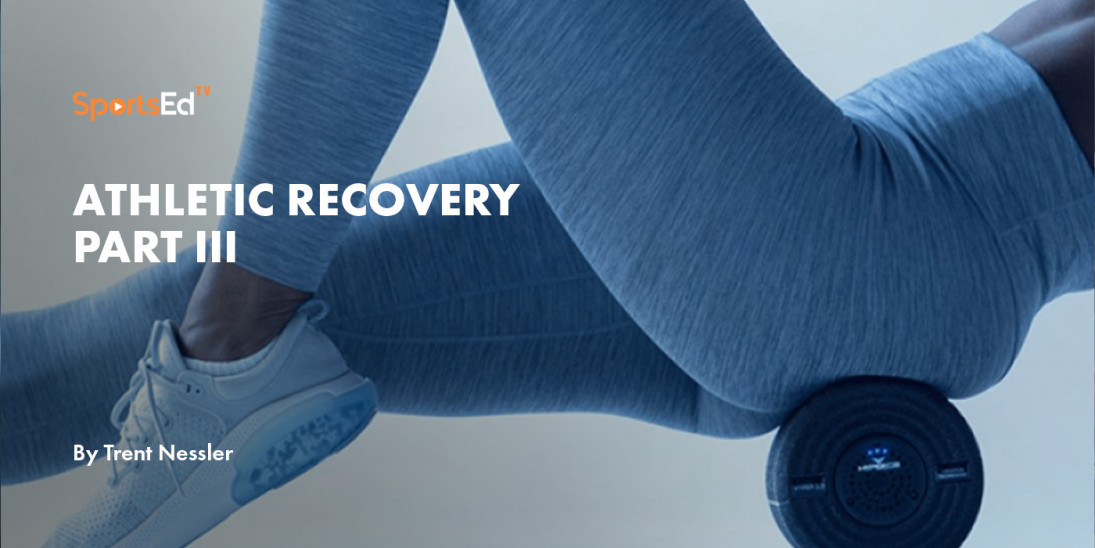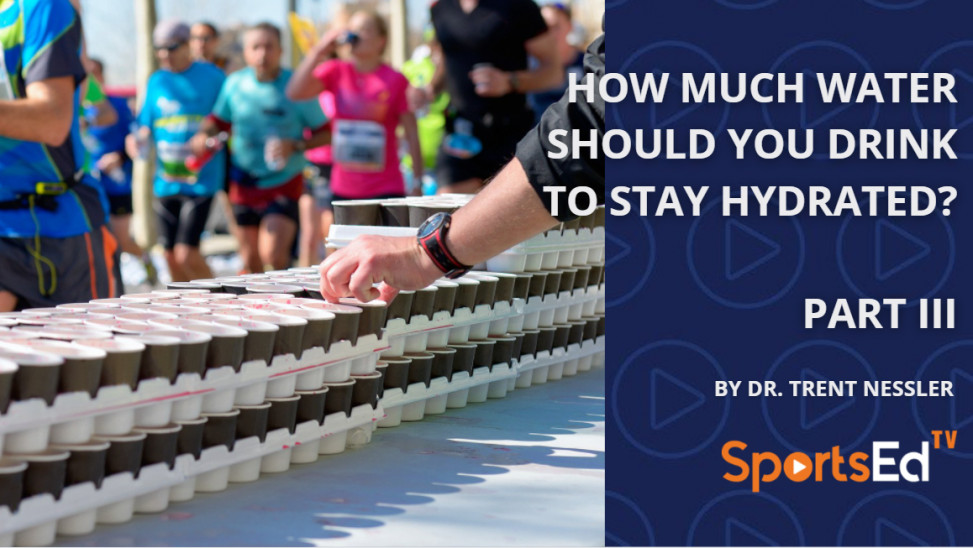Health
Welcome and thanks for visiting...

Athletic Recovery
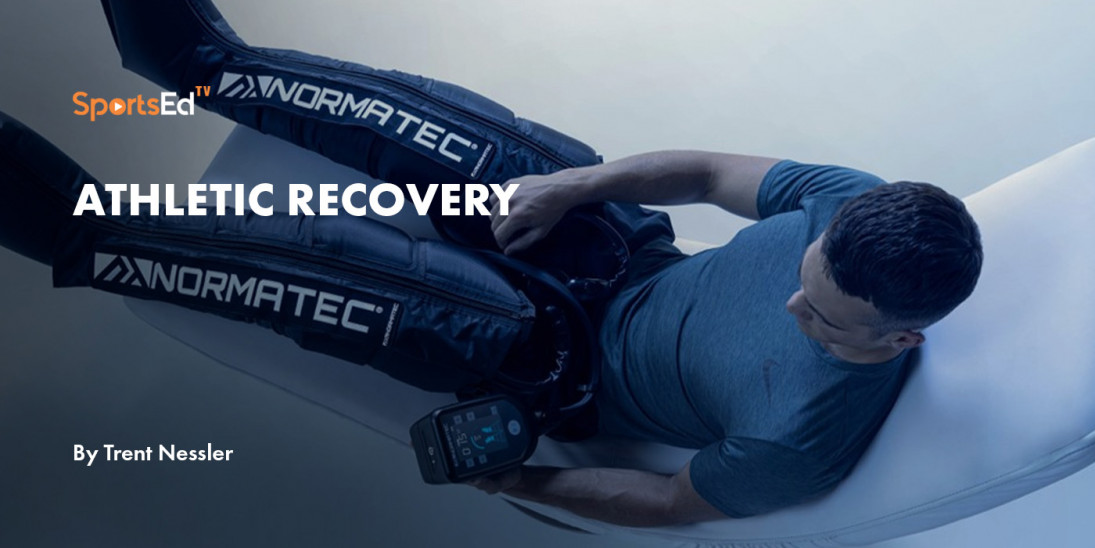
For athletes, exercise, practice, and competition all place stress on the body, the joints, and all the tissues. Exercise tears tissue down (actually creating microtears in the muscle), which, in the healthy body, is repaired and allows it to grow bigger, stronger, and more resilient. As an athlete, you are constantly in a balancing act, attempting to balance, making sure you train hard enough to improve your performance and create physiological change to improve strength, endurance, and power and not overtrain. For those competing at a high level, this is a constant battle. We implement strategies to cross-train, etc., to help alleviate this, but every athlete, at some point in their athletic career, will deal with it. Athletes who love what they do have a really hard time taking off to allow for sufficient recovery.
However, an injury occurs when we outpace the body’s ability to heal the tissue that we are tearing down with our training. If we exceed the body’s ability, the next time we go and train, the tissue is starting at a pre-damaged state. The wear and tear of the successive workout then starts to move the tissue into an injury state versus what we are looking for. Knowing soreness is a small form of an injury, and chronic soreness decreases movement performance, learning a process to recover optimally should be a critical part of everyone’s plan if long-term healthy, powerful movement is the goal!
Recovery is a term that has recently, in the last five years, popped up everywhere in sports medicine and sports science. What is it, and what does it mean? In simplistic terms, it is something we can add to our routine that will help our bodies recover faster. In other words, it is something that we can use to expedite the natural healing process. There are a lot of things that fall in the area of “recovery,” and I will touch on some of the most common ones that I see and use. That said, there are also a lot of products out there that “say” they speed up recovery, what I will share with you is the ones that are evidence based and used mostly in elite athletes.
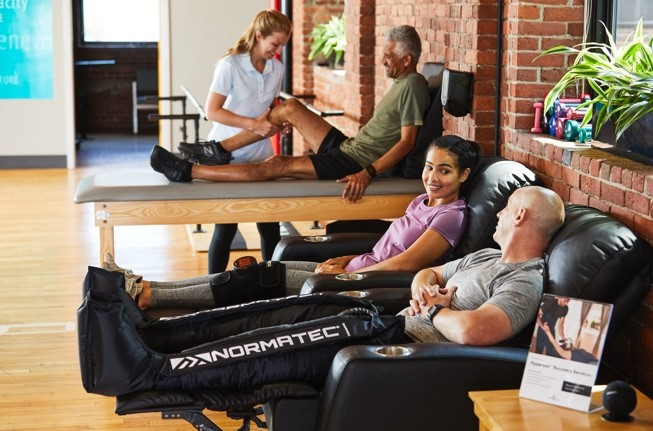
One of the best tools that I have included as a part of the recovery program I do with my athletic rehabs and performance clients is what is called a compression recovery system. One of the most common tools for recovery is pneumatic compression devices like Normatec or Recovery Pump. These are vasopneumatic (fill up with air) compressive sleeves that provide a cyclic massage under high pressure. The athlete typically sits in an anti-gravity chair (chair that places your feet slightly above the heart) and puts on some long leg sleeves (or hips or arm sleeves) that blow up with air. Once full, they increase in pressure (which is adjustable), and then the system goes through sequences of tightening and loosing on the limb from the feet to the knee to the hip. These devices have been well-researched for their effectiveness. This is why these are used by almost every professional sport and athlete. Not only is there a decrease in swelling (or delayed onset muscle soreness), but there is also an increase in range of motion. Studies have shown that as little as a 30-minute cycle in these devices is the equivalent of a 12-hour rest cycle. After using these types of devices, athletes can expect:
- Decrease in pain
- Decrease in swelling
- Increase in range of motion
Not all devices are treated equal. Some cheaper versions do claim to do the same thing, but they don’t. You get what you pay for. The most common one used in the NFL, NBA, NHL and UFC is Normatec.
No matter what device you look at, you want to make sure their equipment is durable. If this is something you are going to use as a part of your recovery, you want to make sure it withstands day-to-day use. What I look for is the durability of the sleeves (these take a beating), the connections (are they flimsy and not connect well), and the reviews on the devices. I think if you do a simple Google review search, it will quickly lead you to what type of device you should consider.
The ideal application of these devices is done within 30 minutes of exercise. Most teams will have their athletes go into a “Recovery Room” as soon as they are done or they come off the field. Typical application is 30 min to 1 hour application. With my athletes who complain a lot of muscle soreness or fighters who are training for a fight, I will have them do it 2-3 times per day. I also have them include this on their off days.
This is just one form of recovery. In the next article, we will start to talk about some other forms and tools we can use for recovery. I hope you found this information worthwhile and stay Tuned for the next article!
Read more:




